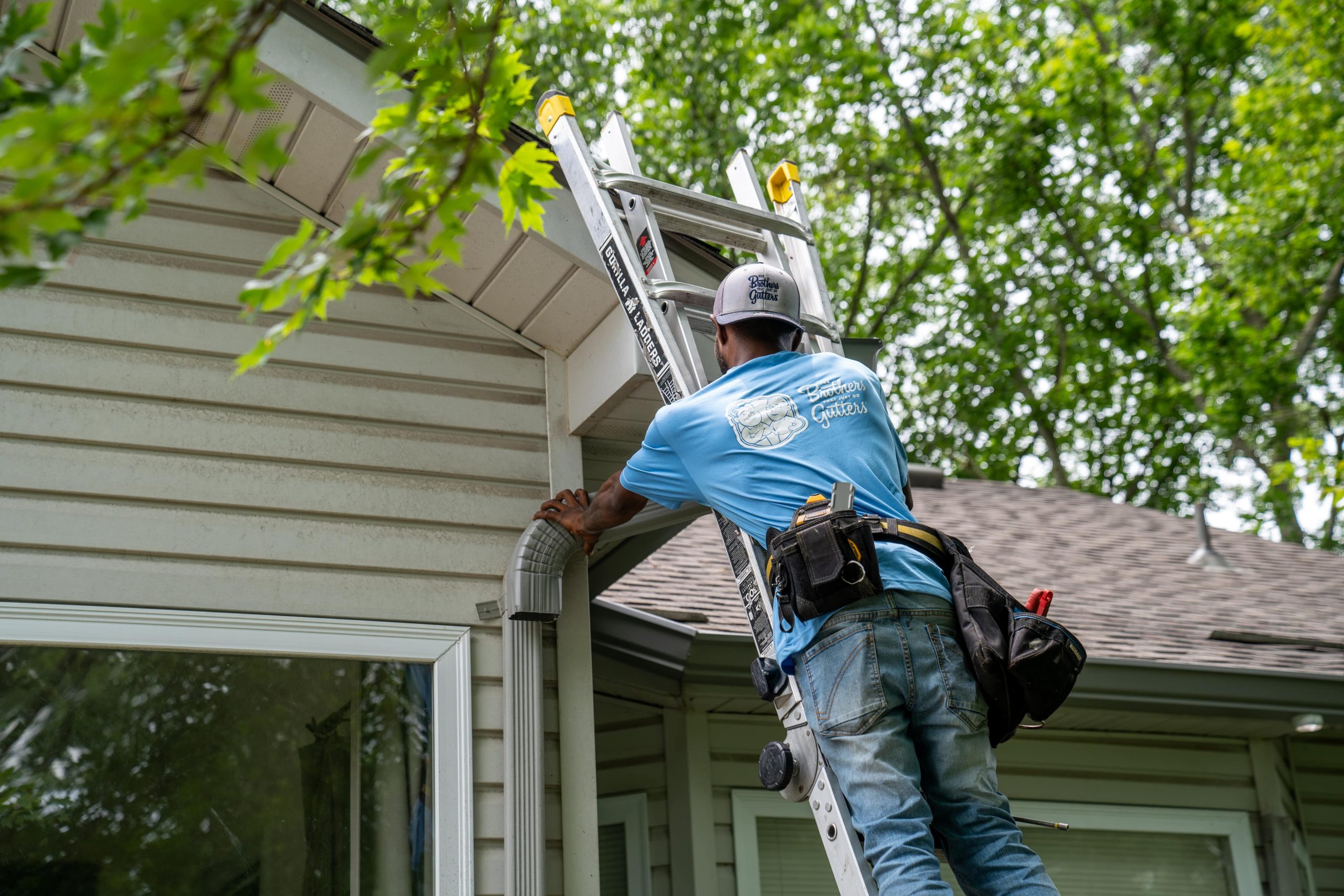As a homeowner in Bedford, NH, you understand the importance of maintaining your property to ensure its longevity and value. One crucial aspect of property maintenance is managing rainwater and ensuring it is directed away from your home’s foundation. Proper gutter systems play a vital role in this process. However, when it comes to directing water away from your home, you may encounter the challenge of running a downspout under a sidewalk. This article will guide you through the process of effectively running a downspout under a sidewalk, ensuring seamless water management while preserving the integrity of your property.
Knowing the Importance of Downspout Management
Effective rainwater management is essential for preventing water damage to your home’s foundation and surrounding areas. By properly managing downspouts and directing water away from your property, you can prevent issues such as:
Soil erosion around the foundation
Basement flooding
Cracks in the foundation
Pest infestations
Mold and mildew growth
Planning Your Downspout Path
Before you begin the process of running a downspout under a sidewalk, it’s essential to plan the path carefully. Consider the following factors:
Identify the best location for the downspout exit point, ensuring that the water is directed away from your home’s foundation and landscaping.
Take into account the slope of the ground to ensure proper water drainage.
Consider the existing layout of your property, including the location of sidewalks, driveways, and other structures that may obstruct the path of the downspout.
Consult local building codes and regulations to ensure compliance with any relevant requirements.
Gathering the Necessary Tools and Materials
To effectively run a downspout under a sidewalk, you will need the following tools and materials:
Shovel: for digging trenches and creating the necessary pathway for the downspout.
PVC pipe: to serve as the conduit for directing water under the sidewalk.
Saw: for cutting the PVC pipe to the required length.
Couplings and fittings: to connect the PVC pipe sections and ensure a secure and watertight pathway.
Backfill material: such as gravel or sand, to secure the PVC pipe in place and facilitate proper drainage.
Excavating the Trench
Once you have planned the path for the downspout and gathered the necessary tools and materials, it’s time to begin the excavation process. Follow these steps:
Use a shovel to carefully dig a trench from the downspout location to the point where the PVC pipe will emerge on the other side of the sidewalk.
Ensure that the trench is deep enough to accommodate the PVC pipe and maintain a consistent slope for proper water flow.
Installing the PVC Pipe
With the trench in place, it’s time to install the PVC pipe that will serve as the conduit for the downspout. Follow these steps:
Cut the PVC pipe to the required length using a saw, taking into account the depth and width of the trench.
Connect the PVC pipe sections using couplings and fittings, ensuring a secure and watertight fit.
Carefully place the PVC pipe in the trench, ensuring that it maintains a consistent slope for proper water drainage.
Backfill the trench with gravel or sand to secure the PVC pipe in place and facilitate proper water flow.
Testing and Adjusting
Once the PVC pipe is in place, it’s essential to test the system to ensure proper water flow. Follow these steps:
Run water through the downspout and observe the flow through the PVC pipe to ensure that water is effectively directed under the sidewalk.
Make any necessary adjustments to the slope or positioning of the PVC pipe to optimize water flow.
Overall
Running a downspout under a sidewalk may seem like a daunting task, but with careful planning and the right tools and materials, you can effectively manage rainwater and prevent water damage to your property. By following the steps outlined in this article, you can ensure that your downspout system effectively directs water away from your home, preserving its integrity and value.
Get Free Quote:
Brothers Gutters of Merrimack Valley proudly serves the following zip codes in Bedford, NH: 03110, 03111, 03112.


